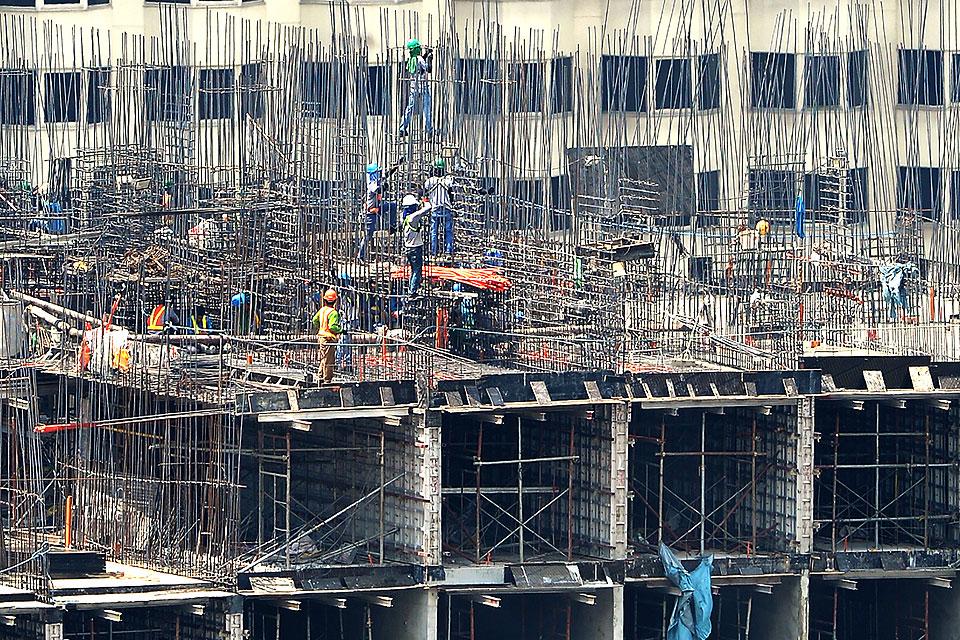Philippine economy continues downtrend, plunges 11.5% in 3rd quarter

The Philippine economy continued to contract from July to September to extend the downtrend for the third consecutive quarter, albeit at a slower rate than in the three months prior.
Data released by the Philippine Statistics Authority (PSA) on Tuesday indicated that the gross domestic product (GDP) contracted by 11.5% in the third quarter.
The latest reading is an improvement from the downward revised record-low -16.9% in the second quarter, but a reversal of the 6.0% growth in the third quarter of 2019.
In a virtual press briefing, National Statistician and National Economic and Development Authority Undersecretary Claire Dennis Mapa said the major contributor to the third quarter GDP decline from the expenditure side were the following:
- Construction, with -7.6 percentage points
- Household and final consumption expenditure, -6.6 percentage points
- Durable equipment, -2.6 percentage points
On the production side, major contributors to the July to September economic contraction were:
- Construction, -3.3 percentage points
- Real estate and ownership of dwellings, -1.6 percentage points
- Manufacturing, -1.6 percentage points
This brought the per capita GDP at -12.7% in the third quarter, a reversal of the 3.7% growth the same quarter in 2019. Per capita gross national income (GNI) was recorded at -14.2% versus the 3.7% growth last year.
Year-to-date, economic growth averaged -10% in the first nine months of 2020, making it hard for the country to achieve the economic managers' forecast for the full year with a 6.6% growth needed in the fourth quarter needed for this.
"I understand the full-year forecast of government is -5.5%. At this point, that is no longer feasible," Mapa said.
For his part, NEDA Acting Secretary Karl Chua said “the third quarter of 2020 saw the country dance with the virus: two steps forward and one step back.”
“In August, the National Capital Region (NCR) and neighboring provinces reverted to modified enhanced community quarantine (MECQ) status for two weeks to respond to the increase in COVID-19 cases and to help prepare the hospitals critical care units,” Chua said.
“Earlier in June and July, Cebu City also reverted to enhanced community quarantine (ECQ) and then MECQ to improve its health system. Several other local government units (LGUs) also went back to more stringent quarantines to save lives,” he added.
The quarantine restrictions have given the government ample time to expand its capacity to respond to the pandemic.
Worst is over
“The economic team is optimistic that the worst is over for the country,” Chua said.
The Socioeconomic Planning chief said the smaller GDP contraction in the third quarter “indicates that the economy is on the mend.”
“The path is clearer to a strong bounce-back in 2021,” he said.
“The double-digit contraction in the third quarter is not surprising given the return to more stringent quarantine measures in NCR and neighboring provinces, and Cebu City, which together account for around 60% of the Philippine economy,” he added. --KBK, GMA News

Need a wellness break? Sign up for The Boost!
Stay up-to-date with the latest health and wellness reads.
Please enter a valid email address
Your email is safe with us





